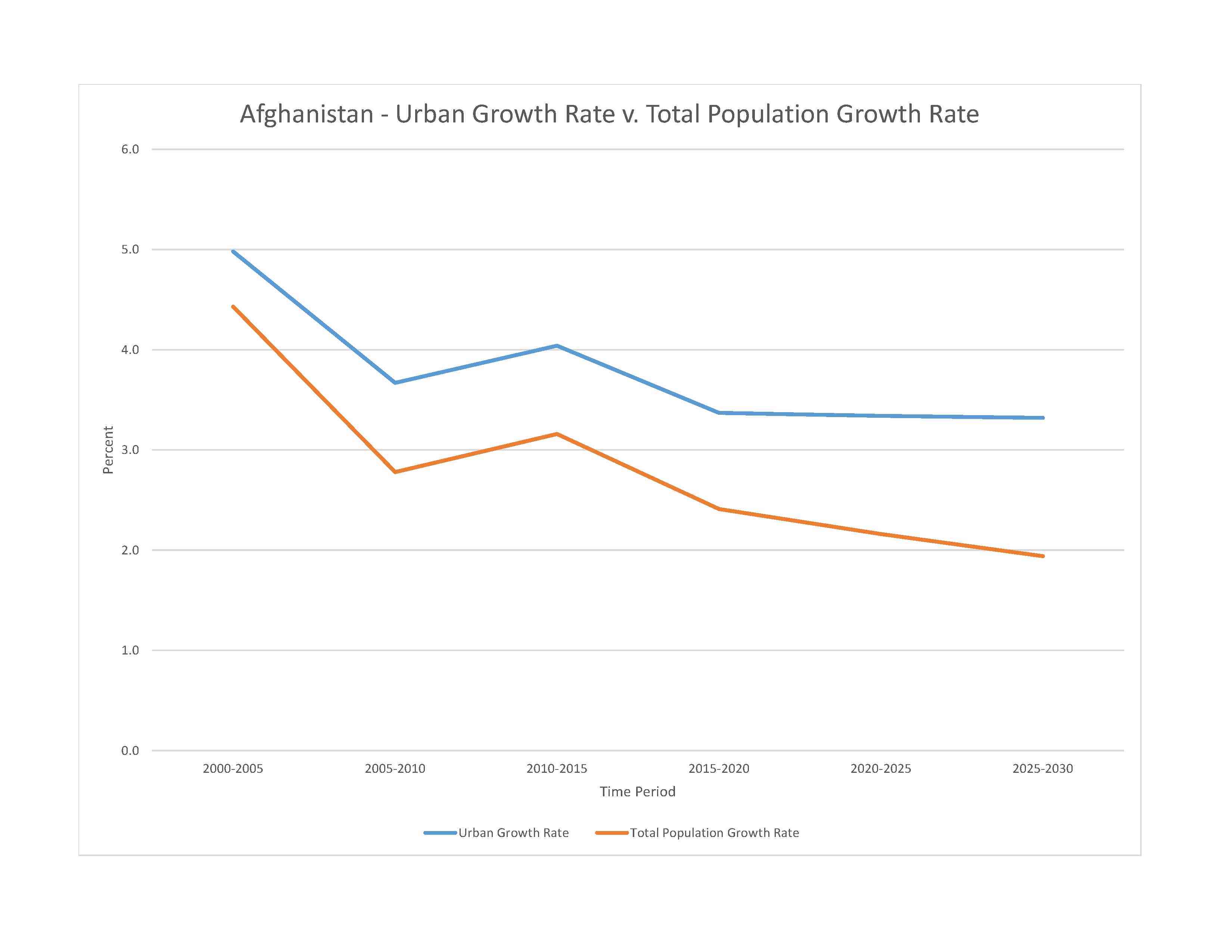
39,232,003 (2023 est.)
noun: Afghan(s)
adjective: Afghan
current, reliable statistical data on ethnicity in Afghanistan are not available; Afghanistan's 2004 Constitution cited Pashtun, Tajik, Hazara, Uzbek, Turkman, Baluch, Pashaie, Nuristani, Aymaq, Arab, Qirghiz, Qizilbash, Gujur, and Brahwui ethnicities; Afghanistan has dozens of other small ethnic groups
Afghan Persian or Dari (official, lingua franca) 77%, Pashto (official) 48%, Uzbeki 11%, English 6%, Turkmani 3%, Urdu 3%, Pashaie 1%, Nuristani 1%, Arabic 1%, Balochi 1%, other
major-language sample(s):
کتاب حقایق جهان، مرجعی ضروری برای اطلاعات اولیە (Dari)
د دنیا د حقائېقو کتاب، بنیادی معلوماتو لپاره ضروری سرچینه- (Pashto)
The World Factbook, the indispensable source for basic information.
note 1: percentages sum to more than 100% because many people are multilingual
note 2: Uzbeki, Turkmani, Pashaie, Nuristani, Balochi, and Pamiri are the third official languages in areas where the majority speaks them
Dari audio sample:
Pashto audio sample:
Muslim 99.7% (Sunni 84.7 - 89.7%, Shia 10 - 15%), other
0-14 years: 39.8% (male 7,926,748/female 7,686,979)
15-64 years: 57.35% (male 11,413,654/female 11,084,665)
65 years and over: 2.85% (2023 est.) (male 515,147/female 604,810)
total dependency ratio: 84.6
youth dependency ratio: 80.2
elderly dependency ratio: 4.8
potential support ratio: 22.5 (2021 est.)
total: 19.9 years (2023 est.)
male: 19.8 years
female: 20 years
2.26% (2023 est.)
34.8 births/1,000 population (2023 est.)
12.1 deaths/1,000 population (2023 est.)
-0.1 migrant(s)/1,000 population (2023 est.)
populations tend to cluster in the foothills and periphery of the rugged Hindu Kush range; smaller groups are found in many of the country's interior valleys; in general, the east is more densely settled, while the south is sparsely populated
urban population: 26.9% of total population (2023)
rate of urbanization: 3.34% annual rate of change (2020-25 est.)

4.589 million KABUL (capital) (2023)
at birth: 1.05 male(s)/female
0-14 years: 1.03 male(s)/female
15-64 years: 1.03 male(s)/female
65 years and over: 0.85 male(s)/female
total population: 1.03 male(s)/female (2023 est.)
19.9 years (2015 est.)
note: data represents median age at first birth among women 25-49
620 deaths/100,000 live births (2020 est.)
total: 103.1 deaths/1,000 live births (2023 est.)
male: 111.5 deaths/1,000 live births
female: 94.2 deaths/1,000 live births
total population: 54.1 years (2023 est.)
male: 52.5 years
female: 55.7 years
4.53 children born/woman (2023 est.)
2.21 (2023 est.)
18.9% (2018)
note: percent of women aged 12-49
improved: urban: 100% of population
rural: 68.3% of population
total: 76.5% of population 70.2%
unimproved: urban: 0% of population
rural: 31.7% of population
total: 23.5% of population (2020 est.)
15.5% of GDP (2020)
0.25 physicians/1,000 population (2020)
0.4 beds/1,000 population (2017)
improved: urban: 88.2% of population
rural: 52% of population
total: 61.4% of population
unimproved: urban: 11.8% of population
rural: 48% of population
total: 38.6% of population (2020 est.)
degree of risk: intermediate (2023)
food or waterborne diseases: bacterial diarrhea, hepatitis A, and typhoid fever (2024)
vectorborne diseases: Crimea-Congo hemorrhagic fever
note: Afghanistan is one of two countries with endemic wild polio virus (the other is Pakistan) and considered high risk for international spread of the disease; before any international travel, anyone unvaccinated, incompletely vaccinated, or with an unknown polio vaccination status should complete the routine polio vaccine series; before travel to any high-risk destination, the US Centers for Disease Control and Prevention (CDC) recommends that adults who previously completed the full, routine polio vaccine series receive a single, lifetime booster dose of polio vaccine
5.5% (2016)
total: 0.01 liters of pure alcohol (2019 est.)
beer: 0 liters of pure alcohol (2019 est.)
wine: 0 liters of pure alcohol (2019 est.)
spirits: 0.01 liters of pure alcohol (2019 est.)
other alcohols: 0 liters of pure alcohol (2019 est.)
total: 23.3% (2020 est.)
male: 39.4% (2020 est.)
female: 7.2% (2020 est.)
19.1% (2018)
70.3% (2023 est.)
women married by age 15: 4.2%
women married by age 18: 28.3% (2017 est.)
2.9% of GDP (2020 est.)
definition: age 15 and over can read and write
total population: 37.3%
male: 52.1%
female: 22.6% (2021)
total: 10 years
male: 13 years
female: 8 years (2018)
NOTE: The information regarding Afghanistan on this page is re-published from the 2024 World Fact Book of the United States Central Intelligence Agency and other sources. No claims are made regarding the accuracy of Afghanistan 2024 information contained here. All suggestions for corrections of any errors about Afghanistan 2024 should be addressed to the CIA or the source cited on each page.
This page was last modified 04 May 24, Copyright © 2024 ITA all rights reserved.